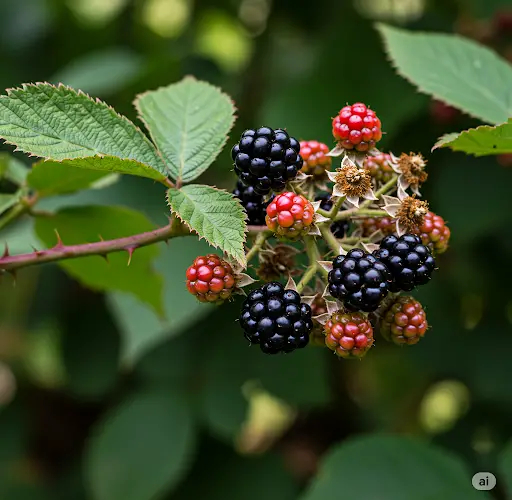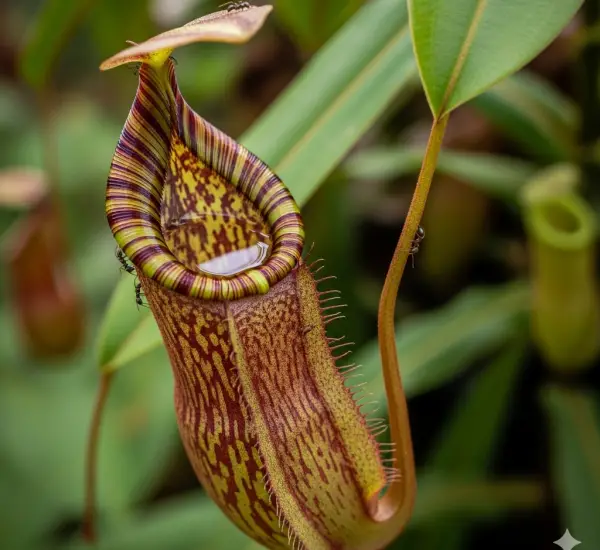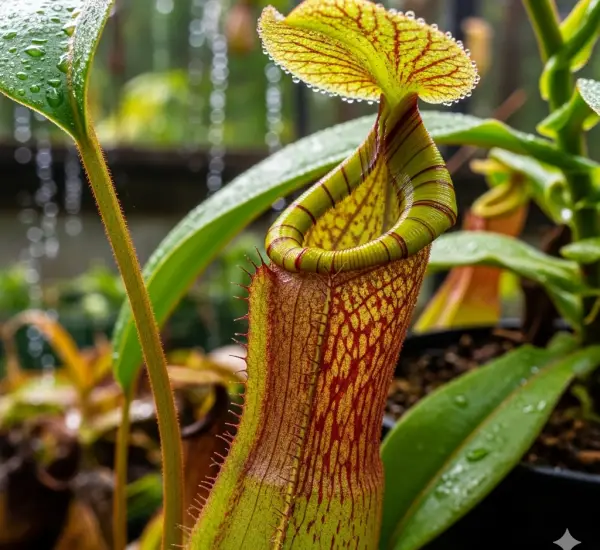Blackberries are a rewarding fruit to grow—sweet, juicy, and packed with nutrients. But many gardeners overlook the crucial care blackberries need in the fall. Taking a few simple steps during autumn can dramatically boost your harvest next season, resulting in larger, sweeter berries and healthier bushes overall.
This article will walk you through the essential fall tasks to double your blackberry yield and ensure your plants stay vigorous year after year.
Why Fall Care Is So Important
After the summer harvest, many gardeners turn their attention elsewhere and forget about their blackberry bushes. However, the post-harvest period is the perfect time to prepare the plants for next year’s growth. Blackberries are perennial plants with biennial canes—this means they grow new canes (primocanes) one year, and those canes bear fruit the next (as floricanes).
If you ignore fall care, old canes can tangle with new ones, diseases may linger, and nutrients may be depleted—leading to a lower yield the following summer. On the other hand, a bit of attention now can rejuvenate the plant and encourage a bumper crop.
Step 1: Remove Old Fruiting Canes
The first task is to remove the canes that fruited this year. These are now spent and will not produce again. They can also become a breeding ground for pests and disease.
How to do it:
-
Identify the old canes—these will be brown, woody, and possibly have remnants of dried flowers or fruit.
-
Cut them off at the base with clean, sharp pruners.
-
Dispose of the cut canes—don’t compost them if you suspect disease.
This pruning step clears the way for young, green canes (which will fruit next year) and improves airflow through the bush, reducing the risk of mold or mildew.
Step 2: Thin and Tie Up the New Canes
Once you’ve removed the old canes, turn your attention to the new ones. These should be healthy, green, and flexible.
How to manage them:
-
Select the strongest 4–6 new canes per plant.
-
Remove any weak or overcrowded ones. This reduces competition for nutrients and light.
-
Tie the selected canes to a trellis or support system using garden twine or soft ties.
Spacing the canes evenly and training them vertically improves light exposure and airflow, resulting in healthier growth and better fruit production next season.
Step 3: Cut Back the Tips
If the new canes have grown too long or are flopping over, you can pinch or cut back the tips. This encourages the cane to branch out and grow more lateral shoots—the parts that will actually bear the berries.
How to do it:
-
Trim back canes to about 5–6 feet tall, or just above your support structure.
-
Use clean pruners to make a sharp, angled cut.
This pruning encourages more productive side shoots, which equals more fruit clusters next season.
Step 4: Feed and Mulch
Fall is the right time to replenish your soil and give your plants the nutrients they need to build strong root systems over winter.
Fertilizing:
-
Use a balanced fertilizer or compost rich in phosphorus and potassium. Avoid high-nitrogen formulas, as they encourage leafy growth rather than root and fruit development.
-
Apply fertilizer around the base of the plant and water it in well.
Mulching:
-
Apply a thick layer (2–4 inches) of organic mulch like straw, wood chips, or shredded leaves around the base.
-
Keep mulch a few inches away from the canes to prevent rot.
-
Mulch insulates the roots, conserves moisture, and gradually feeds the soil as it breaks down.
Step 5: Water Before the Ground Freezes
A deep watering before the ground freezes helps blackberry plants enter winter in a hydrated state, reducing stress and the risk of root damage.
Tips:
-
Water deeply, especially if you’ve had a dry fall.
-
Avoid watering once the soil is already frozen.
Healthy, hydrated roots are more likely to survive winter and jumpstart growth in spring.
Bonus Tip: Clean Up Around the Plants
Rake up fallen leaves, old mulch, and fruit debris around your blackberry bushes. This prevents overwintering pests and diseases from taking hold.
Keeping the area tidy also discourages rodents, which may nest in thick mulch and gnaw on your plant stems during winter.
Final Thoughts
Caring for blackberry bushes in the fall is one of the most impactful things you can do to increase your yield. By pruning old canes, training new ones, feeding the roots, and cleaning up the area, you’re setting the stage for abundant growth and a delicious harvest next season.
This easy, proactive method doesn’t take long—but the rewards are sweet, juicy, and plentiful. Make fall blackberry care a regular part of your gardening routine, and you’ll be amazed at how much more your bushes can produce.




